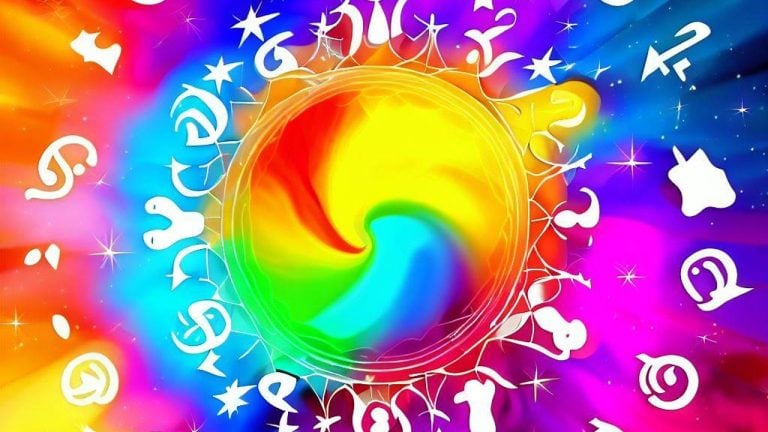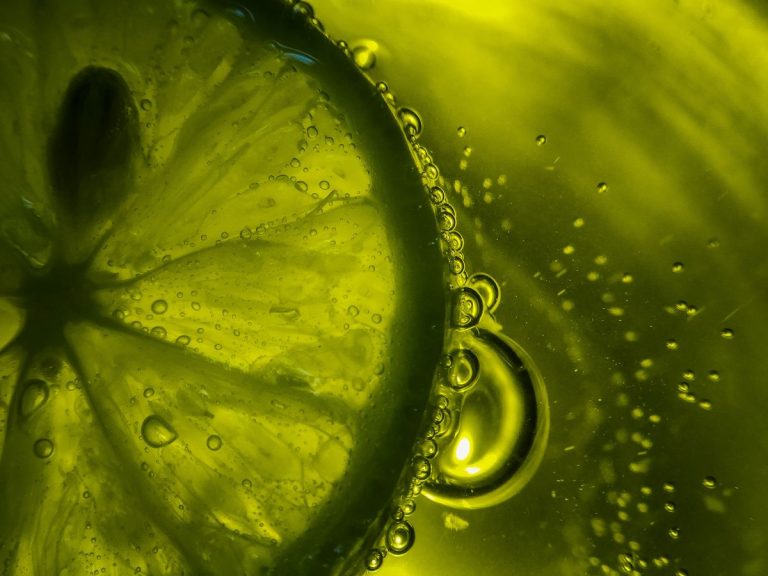For decades, the deep azure hue of Neptune, as captured by NASA’s Voyager 2 spacecraft, has captivated the public and scientists alike. But recent research led by Patrick Irwin, a planetary physicist at the University of Oxford, is challenging this long-held perception, revealing that the true colors of Neptune and its fellow ice giant Uranus are far more similar and subtle than previously thought.
In the 1980s, Voyager 2’s flybys of Uranus and Neptune provided us with the first close-up images of these distant planets. The images showed Neptune as a strikingly blue planet, in contrast to the lighter, cyan shade of Uranus. This difference was puzzling, given their similar size, mass, and chemical compositions.

Irwin and his team reanalyzed the Voyager 2 images, taking into account the way the human eye perceives color. They discovered that the original photos had an enhanced contrast ratio to highlight Neptune’s atmospheric features, and the color balance used to create the final composite images made the planet appear bluer than it actually is. Over time, the nuances of these enhancements were lost, and Neptune’s deep blue color became ingrained in the public consciousness.
To uncover the true colors of these ice giants, the researchers used a combination of data from the Hubble Space Telescope and the European Southern Observatory’s Very Large Telescope, along with the original Voyager 2 images. They developed a model to convert the raw image data into true-color images, which showed that both Neptune and Uranus are actually more of a light greenish-blue.
The study also explored the seasonal color changes of Uranus during its 84-year orbit around the sun. The researchers found that the planet appears slightly greener at its solstices due to more methane at the equator, which absorbs red light. Additionally, a reflective hood of ice particles forms at the sun-facing pole during the equinoxes, increasing the reflectivity of red and green wavelengths.

These findings not only challenge our perceptions of Neptune and Uranus but also enhance our understanding of their atmospheric dynamics. The research has been published in the Monthly Notices of the Royal Astronomical Society and has the potential to finally put to rest the long-standing mysteries surrounding the colors of these ice giants.
As we look to the future, there is a growing call for new missions to explore these distant worlds further. A robotic mission to orbit Uranus is at the top of the wish list for many astronomers, with potential launch dates in the 2030s. Such missions could reveal environments, landscapes, and atmospheres that no one has ever seen before, offering new insights into the mysteries of our solar system’s ice giants.







